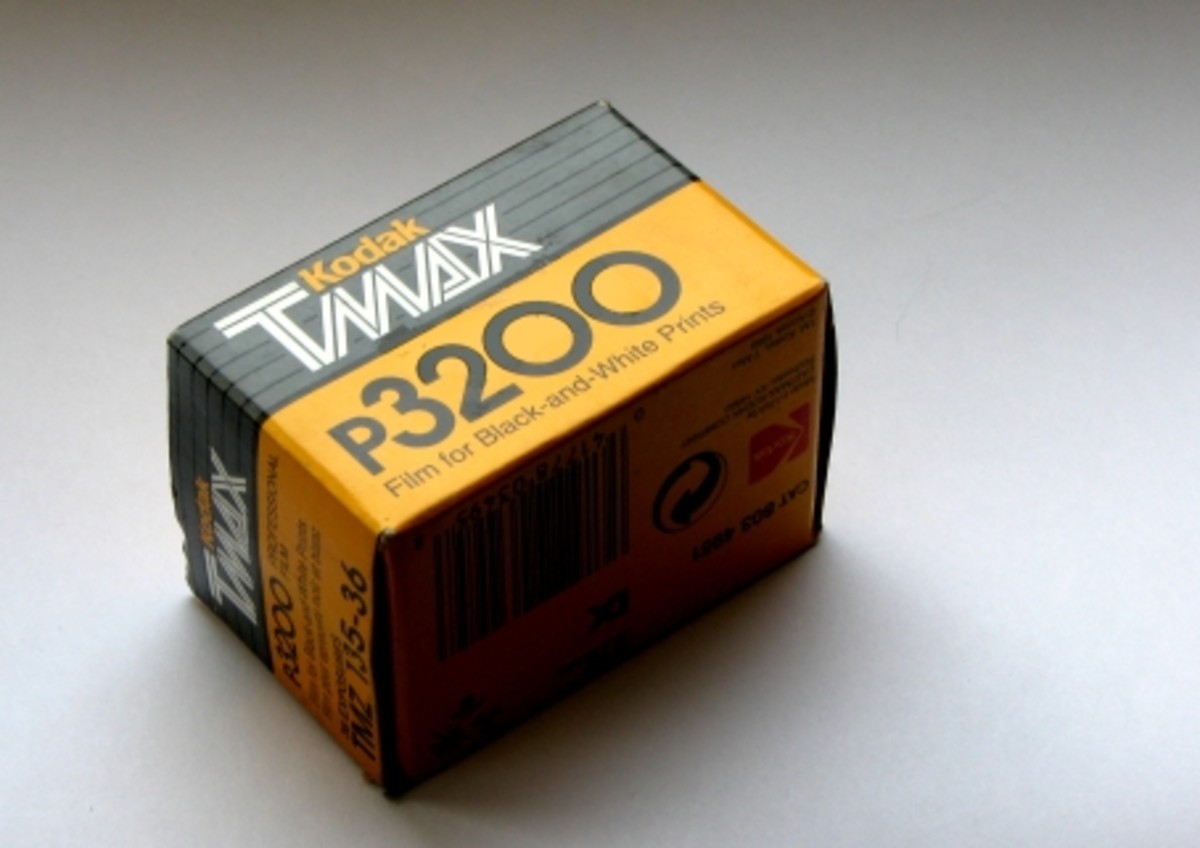
Fourteen days ago, Kodak shares were worth $2.22. In the interceding two weeks, the company leaked word of some very good news—a $765 million federal loan to transform a flailing photography-adjacent dinosaur into a world-saving pharmaceutical innovator—issued its leaders with some soon-to-be-very lucrative stock options, saw aforementioned news announced, consequently saw its shares touch $60, consequently to the combination of the above became the subject of a Securities and Exchange Commission insider-trading investigation, consequently to that saw its stock price drop down into the mid-teens, and today saw the aforementioned transformational government loan disappear. In other words, Kodak is at best right back in the same place it was two weeks ago, but more likely in a much worse place, what with the SEC investigation and all.
And yet, as of right now, its shares remain above $10, fully ten times its closing price the day before the above Icarian tale began to unfold. How can that be?
Oh, right: This is how it can be.
There’s little doubt that day trading has mushroomed in popularity in recent months, or that some day traders have produced extraordinary profits.
According to statisticians, however, there’s also little doubt that most of these day traders’ good performance is due to luck. They essentially would have just as good a chance of success going to the casino…. When applying Prof. Cornell’s formula to this data, 92% of the differences in newsletters’ annual returns is due to luck. When he applied the same formula to a sample of large-cap U.S. equity mutual funds, he reached the almost-identical conclusion….
“For most investors, deviations from an index fund are essentially all luck,” Prof. Cornell concludes. “They may just not know it.”
U.S. Agency Sidelines Planned $765 Million Loan to Kodak Amid Probes [WSJ]
When Day Traders Do Well, It’s Probably Just Luck [WSJ]

